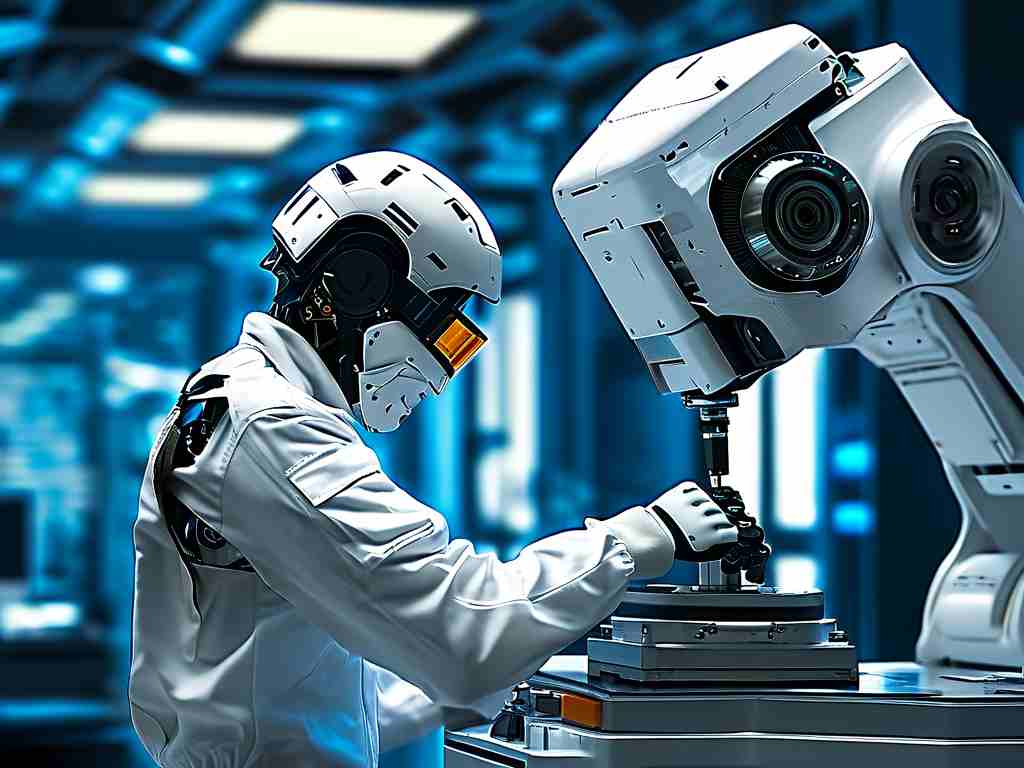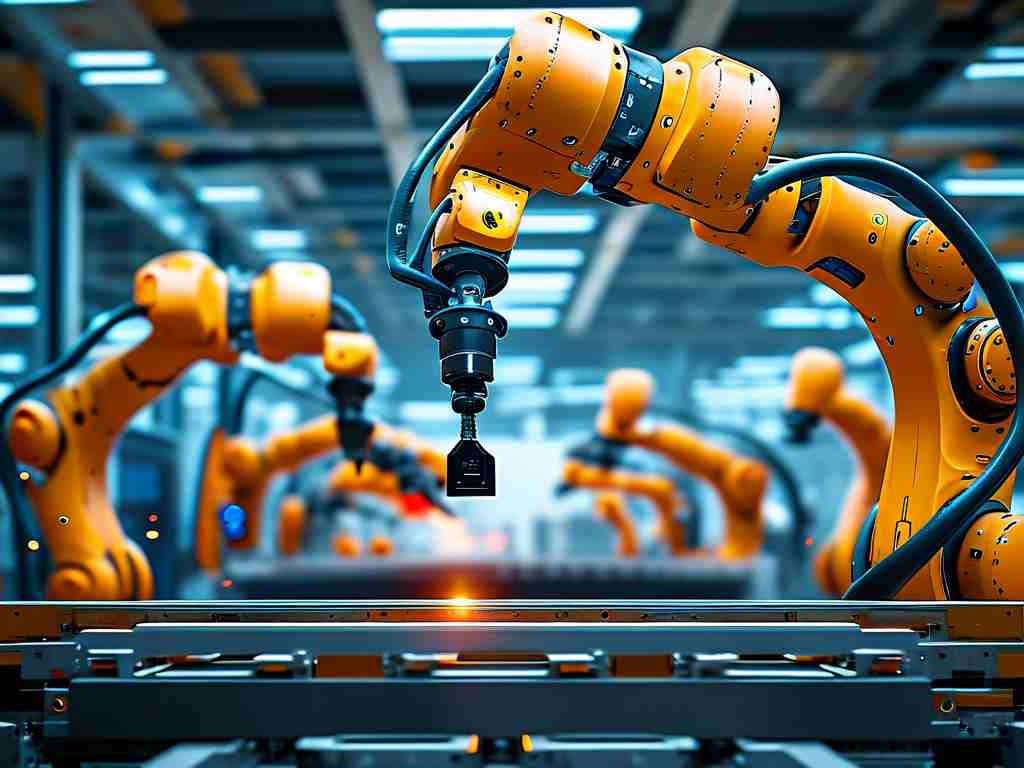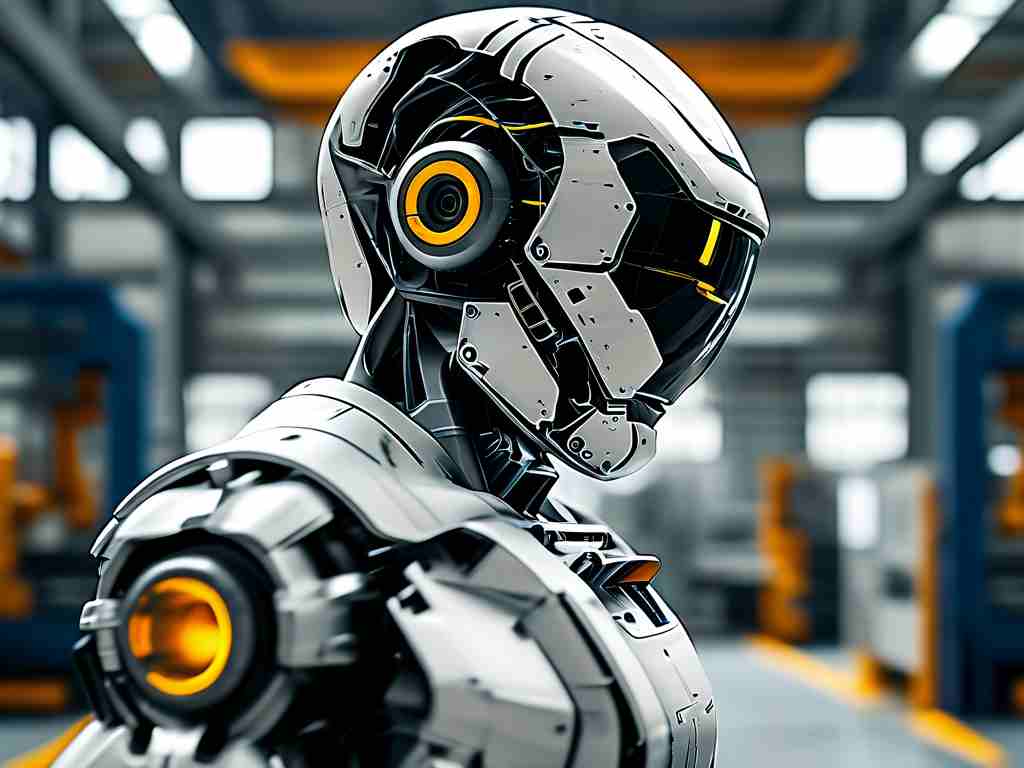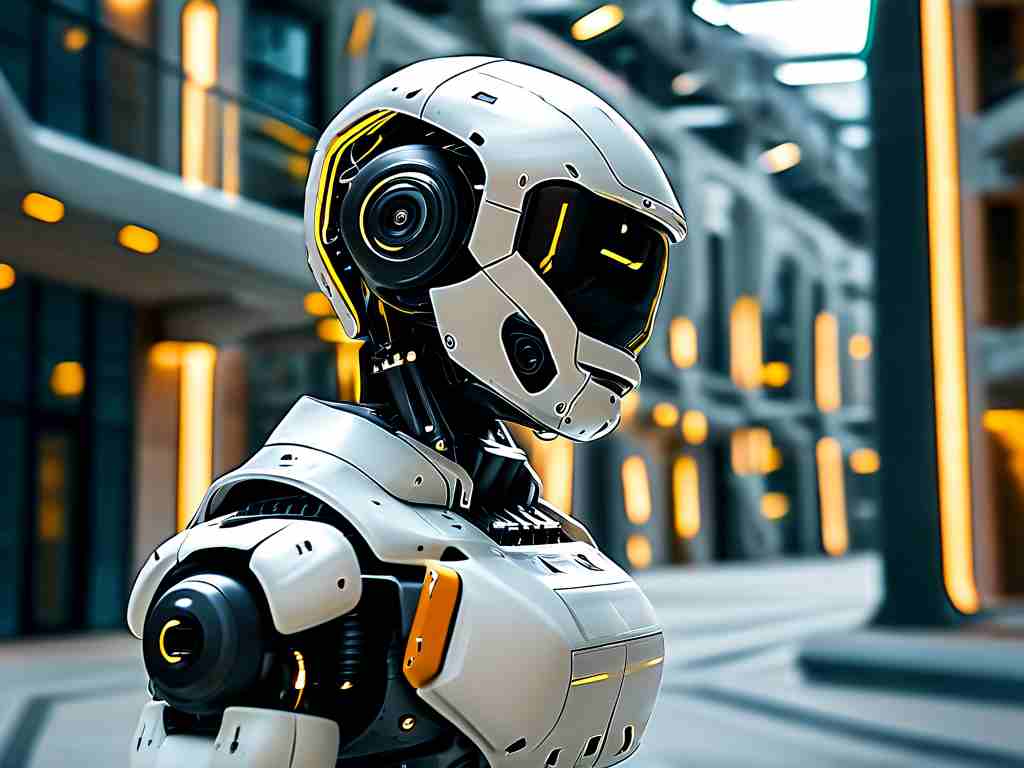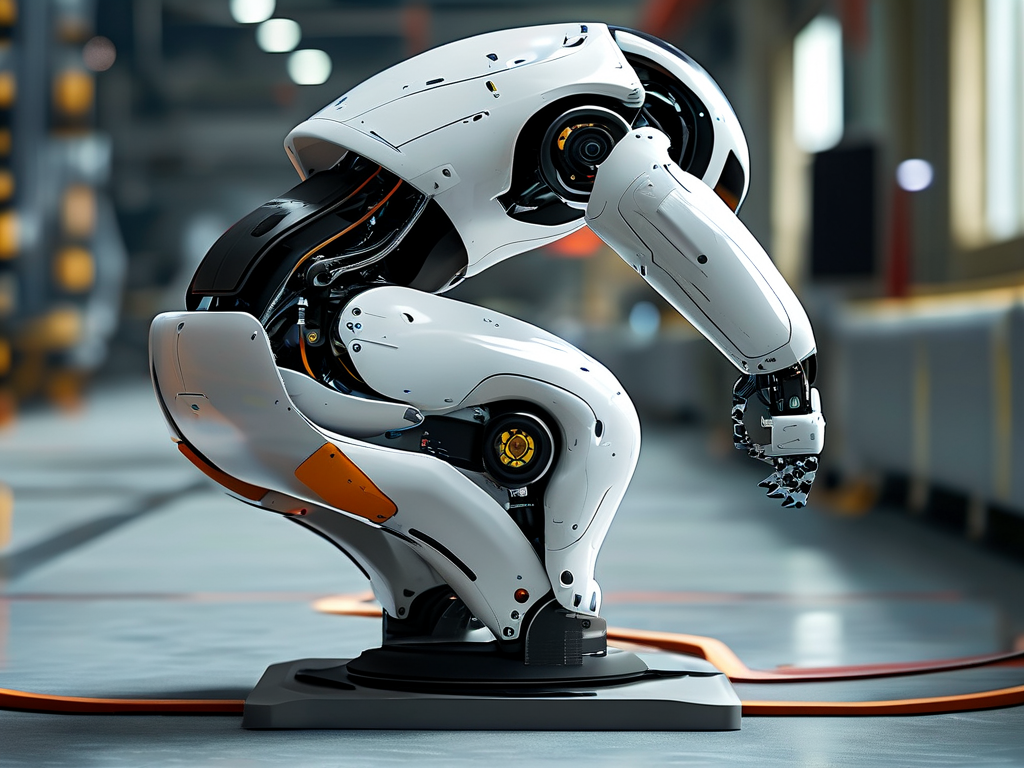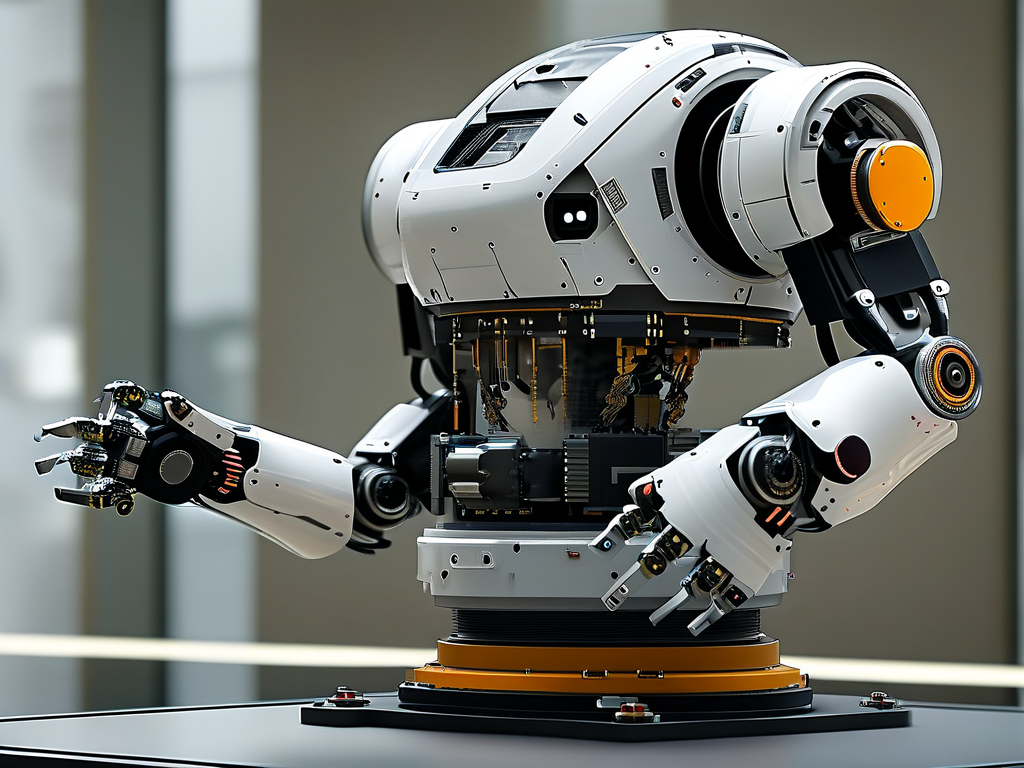The intersection of electrical engineering and robotics has sparked numerous debates about foundational technologies driving automation. One recurring question centers on electric arcs: Are they integral to robotic systems, or merely a peripheral phenomenon? This article examines the role of arc-based processes in robotics and evaluates their significance in modern industrial applications.
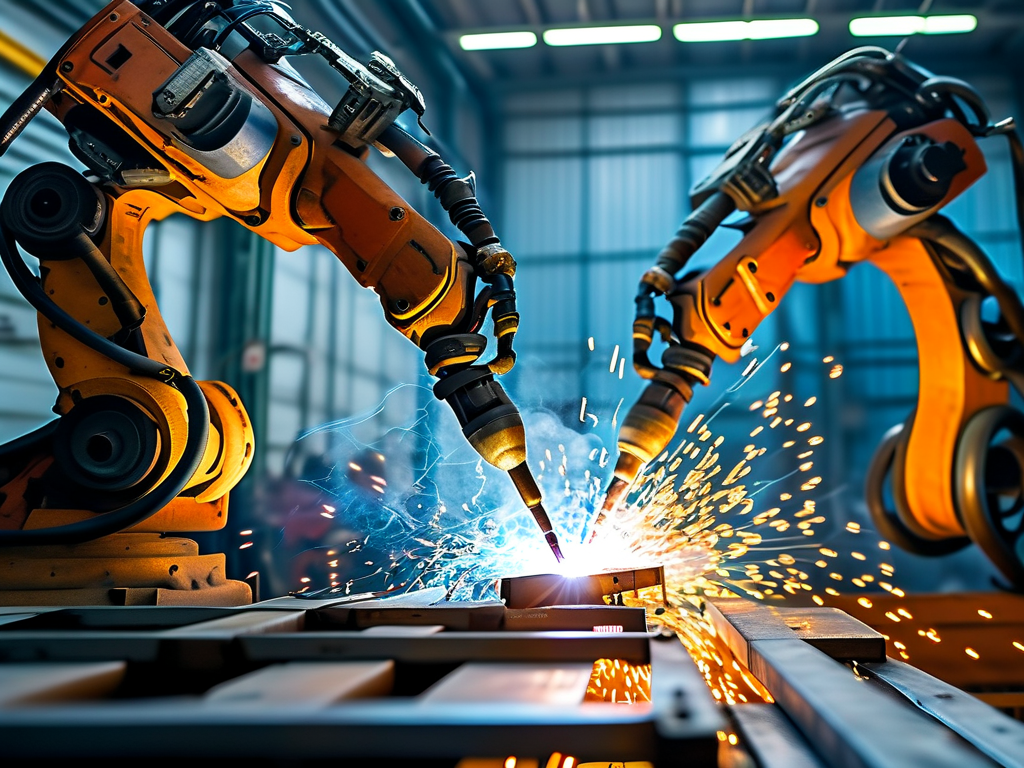
Understanding Electric Arcs in Technical Contexts
An electric arc is a visible plasma discharge caused by electrical current passing through ionized gas. While commonly associated with welding and circuit breakers, its relevance to robotics is less obvious. In industrial settings, robotic welding arms utilize controlled electric arcs to fuse metal components with precision. This application alone positions arc technology as a critical enabler of automated manufacturing. However, labeling it as "robotics technology" requires deeper analysis.
Arc-Dependent Robotic Applications
-
Automated Welding Systems
Over 60% of industrial robots deployed in automotive factories perform arc welding tasks. These systems combine motion control algorithms with real-time thermal regulation to maintain arc stability. The synergy between robotic articulation and electrical discharge exemplifies how arc processes are embedded within robotic workflows. -
High-Precision Cutting Robots
Plasma arc cutting robots demonstrate another fusion of technologies. By focusing ionized gas into concentrated arcs, these machines achieve sub-millimeter cutting accuracy in aerospace component production. The robotic platform provides mobility, while the arc delivers the energy required for material processing.
Technological Divergence: Where Robotics and Arc Systems Diverge
Despite these integrations, core robotic functions like computer vision, machine learning, and kinetic modeling operate independently of arc mechanisms. Collaborative robots (cobots) working in electronics assembly or pharmaceutical packaging rarely involve arc-based processes. This dichotomy reveals that while arcs enhance specific robotic applications, they don't constitute a universal feature of robotics.
Emerging Innovations and Hybrid Systems
Recent developments suggest converging frontiers:
-
Micro-Arc Oxidation Robots
Chinese researchers have prototype robots employing micro-arc discharges to create ceramic coatings on medical implants, combining surface engineering with automated handling. -
Arc-Assisted 3D Printing
The University of Sheffield's 2023 project demonstrated wire-arc additive manufacturing using six-axis robots, achieving 30% faster production rates than conventional methods.
These examples illustrate how arc technologies are being recontextualized within robotic frameworks rather than existing as inherent components.
Industry Perspectives and Market Data
A 2024 report by the International Federation of Robotics (IFR) reveals that only 18% of sold robotic systems incorporate arc-related functionalities. However, within heavy manufacturing sectors, this figure surpasses 75%, highlighting context-dependent relevance.
Technical limitations persist:
- Arc processes require shielding gases and emit UV radiation, complicating integration with sensitive sensors
- Energy consumption rates challenge sustainability objectives in green manufacturing initiatives
The Verdict: Complementary, Not Core
Electric arc technology functions as a specialized tool within specific robotic domains rather than a foundational element of robotics itself. Much like how hydraulic systems empower construction robots without defining the entire field, arc-based applications serve particular industrial needs without constituting the essence of robotic technology.
Future advancements may deepen this relationship through innovations like self-regulating arcs using AI predictive maintenance or vacuum-arc deposition in nanoscale robotics. Nevertheless, the distinction remains: arcs enhance robots in select applications but don't embody the core principles of robotic science encompassing autonomy, sensory feedback, and adaptive learning.
For engineers and technologists, this distinction matters when designing systems or allocating R&D resources. Recognizing arc technology as a powerful adjunct rather than a robotic cornerstone enables more targeted innovation across both domains.


